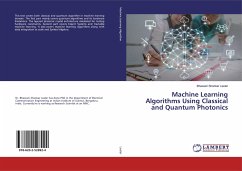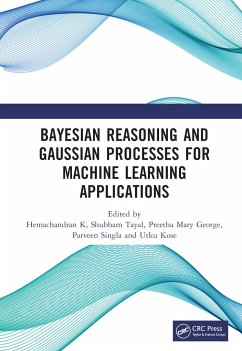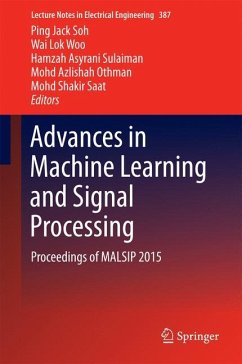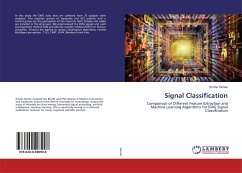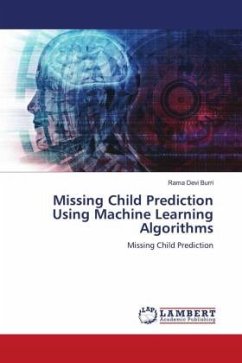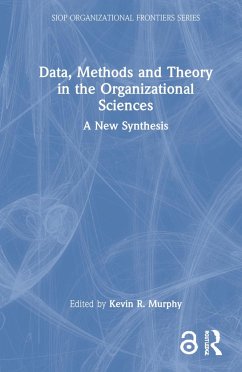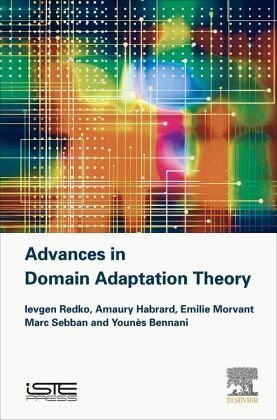
Advances in Domain Adaptation Theory

PAYBACK Punkte
41 °P sammeln!
Advances in Domain Adaptation Theory gives current, state-of-the-art results on transfer learning, with a particular focus placed on domain adaptation from a theoretical point-of-view. The book begins with a brief overview of the most popular concepts used to provide generalization guarantees, including sections on Vapnik-Chervonenkis (VC), Rademacher, PAC-Bayesian, Robustness and Stability based bounds. In addition, the book explains domain adaptation problem and describes the four major families of theoretical results that exist in the literature, including the Divergence based bounds. Next,...
Advances in Domain Adaptation Theory gives current, state-of-the-art results on transfer learning, with a particular focus placed on domain adaptation from a theoretical point-of-view. The book begins with a brief overview of the most popular concepts used to provide generalization guarantees, including sections on Vapnik-Chervonenkis (VC), Rademacher, PAC-Bayesian, Robustness and Stability based bounds. In addition, the book explains domain adaptation problem and describes the four major families of theoretical results that exist in the literature, including the Divergence based bounds. Next, PAC-Bayesian bounds are discussed, including the original PAC-Bayesian bounds for domain adaptation and their updated version.
Additional sections present generalization guarantees based on the robustness and stability properties of the learning algorithm.
Additional sections present generalization guarantees based on the robustness and stability properties of the learning algorithm.







